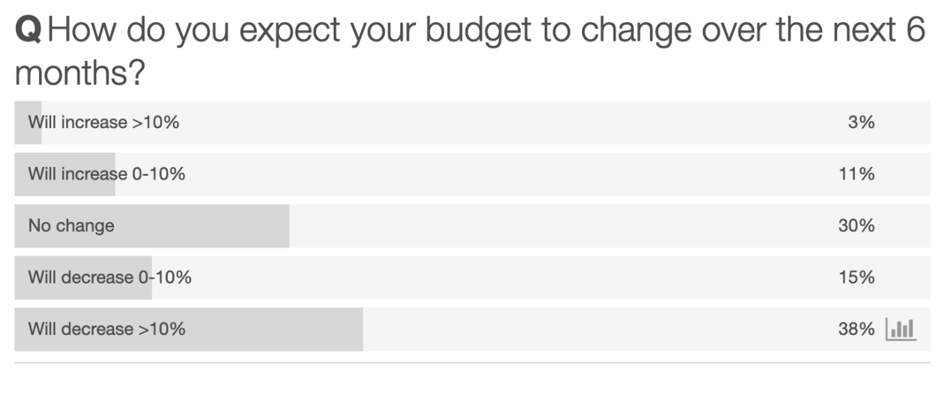If you were to take a 10,000 ft view of your organization’s current security posture, would you see Figure A or Figure B?

Chances are, your answer is Figure A. This is because most organizations have a security posture that is a mishmash of security point products deployed in the quest to address security “projects”.
Let’s take cybersecurity visibility and risk assessment as an example. Need inventory visibility? Let’s buy Product X. Need a vulnerability management tool? Deploy Product Y. Need security posture reporting to the board of directors? Go for Product Z.
This project-oriented approach to security visibility is one where teams are focused on completing security projects off of to-do lists without having any real insight into whether or not these projects have a meaningful impact on your organization’s security posture. This usually involves deploying products from a bunch of different vendors without realizing that these are all point solutions that don’t interoperate in any meaningful way.
What this really means is that your security visibility practices and products are too narrowly focused to be completely efficient and effective. As a result, you are devoting most of your efforts on fixing indicators of compromise (IOC) alerts, patching, and chasing commitment biases, without really knowing the answers to questions like which of your assets are most critical, what threats are active right now, and which assets are most vulnerable to what kinds of attack vectors. The bottom line is that your security posture investments may not be aligned with how attacks can potentially occur and how you can be adequately prepared and cyber-resilient in your security posture.
Now with the changing macroeconomic climate and the toll taken by recent events, leaders in every function, including information security, will be asked to make cuts. The extent of those cuts remains to be seen, but in a recent live survey of more than 150 cybersecurity leaders, more than 50% responders said that they expect their cybersecurity budgets to be cut over the next 6 months.

As a leader, you are probably already thinking about how you’ll continue to get results with less budget and a smaller team. You realize that you can’t afford to continue to dedicate time, resources and budget toward fixing problems without having a clear understanding of how those actions reduce the company’s overall cyber-risk. Your existing security practices need to be evaluated with a fresh lens to enable you to do more with less and maximize your cybersecurity program efficiency.
One way to do that is to consolidate the various point products you have deployed so that you are no longer spending money and team effort on something that’s not meeting your needs. Balbix is a comprehensive AI-powered cybersecurity platform that can help consolidate your inventory, vulnerability management, and cyber-risk reporting (and many other “features” offered by other tools) into one.
With Balbix, customers are able to maximize their cybersecurity program effectiveness and efficiency by measuring and monitoring their attack surface, consolidate their security program by finding security and IT tools that are no longer effective and providing their team information that makes daily workflows much more efficient.
